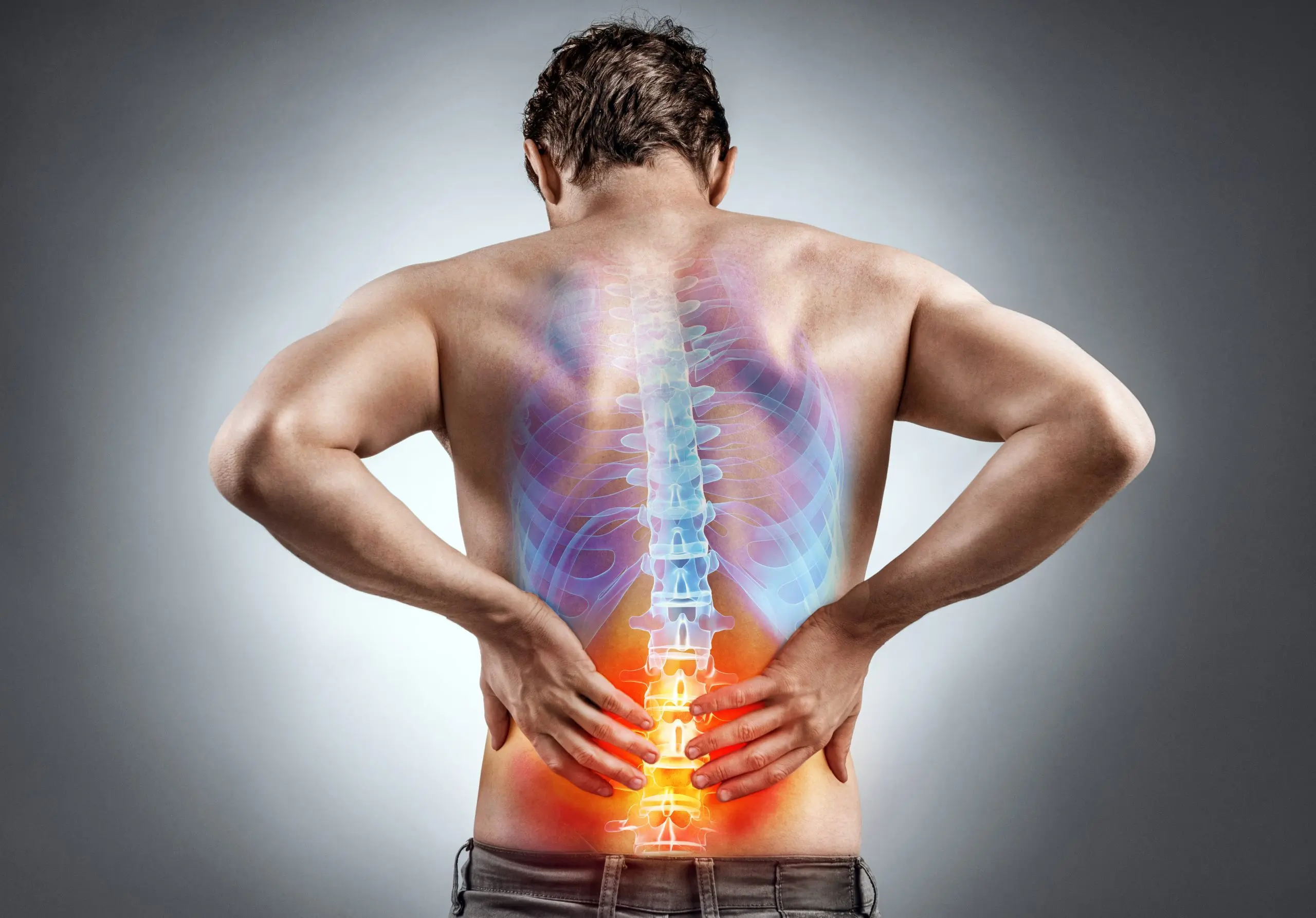Period pain- symptoms, tests & treatment
Painful periods- what is dysmenorrhoea?
- Dysmenorrhoea is a medical term for period pain that is bad enough to affect a woman’s usual daily activities.
- Often non-sufferers don’t fully understand just how painful periods can be
- Other symptoms such as fainting, vomiting, diarrhoea, and thigh pain often occur
- Often, even with bed-rest, hot water bottles and painkillers, the symptoms for the first few days of a period can be very debilitating for some women.

Risk factors for painful periods
Certain risk factors for dysmenorrhoea have been identified.
- It occurs less often in women who have had their children earlier in life, and in women who exercise more.
- It is more common in women whose periods start before the age of twelve, women who have a low body weight or who are obese, and in women who are smokers- especially girls who start smoking in their early teens.
So, what causes painful periods and what are prostaglandins?
- In dysmenorrhoea, the uterus works harder than normal to shed its lining and the resulting contractions lead to pain.
- The hormone-like compounds that cause these contractions are called prostaglandins.
- If you prevent prostaglandins forming in the first place, by taking an anti-inflammatory, the pain may be a lot less.
- However, once prostaglandins have formed, the pain can be hard to reverse.
What tests should be done if you have painful periods?
- It’s important to see your doctor to exclude underlying causes- such as
- endometriosis
- fibroids
- adenomyosis
- pelvic infection
- There may be a need for
- a physical examination
- blood tests
- STI tests (this may involve blood tests, urine tests and genital swabs)
- a pelvic ultrasound scan
- In certain cases, referral to a specialist may be arranged- for example, if endometriosis is suspected, a gynaecologist may need to perform keyhole surgery to make the diagnosis.
What’s the best treatment for period pain?
- To help with the pain, anti-inflammatories, also known as NSAIDs, are often a good place to start (assuming you have no contraindications to these meds- always check the patient information leaflet if unsure). Some anti-inflammatory medications can reduce the heaviness periods too. But here’s an important fact that a lot of women don’t know- anti-inflammatories will minimise pain only if they are taken very early in a period, or just prior to a period- before prostaglandins get a chance to form in the uterus (womb).
Other treatment for painful periods
- Hormonal treatment such as the contraceptive pill, depo injection or an intrauterine device, can be helpful in managing painful periods.
- These options obviously make sense if a woman also needs birth control, and are worth discussing with a GP.
So the take home messages- consider EARLY use of anti-inflammatories, try to exercise more, avoid smoking, maintain a healthy weight, and consult your doctor to exclude underlying problems, and perhaps to explore further treatment options.
Further Patient Information
A guide to choosing a telehealth doctor
A guide to choosing a telehealth doctor Telehealth has transformed healthcare in Australia, making it easier and more convenient for everyone to access medical services. A telehealth doctor provides [...]
Everything You Need to Know About Getting an eScript in Australia
Everything You Need to Know About Getting an eScript in Australia Introduction to eScripts An eScript, or electronic prescription, is a digital alternative to traditional paper prescriptions in Australia. [...]
What is Sciatica?
What is Sciatica? The sciatic nerve is the longest nerve in the body, and extends from the lower back, through the hips and buttocks, down each leg. “Sciatica” refers [...]





